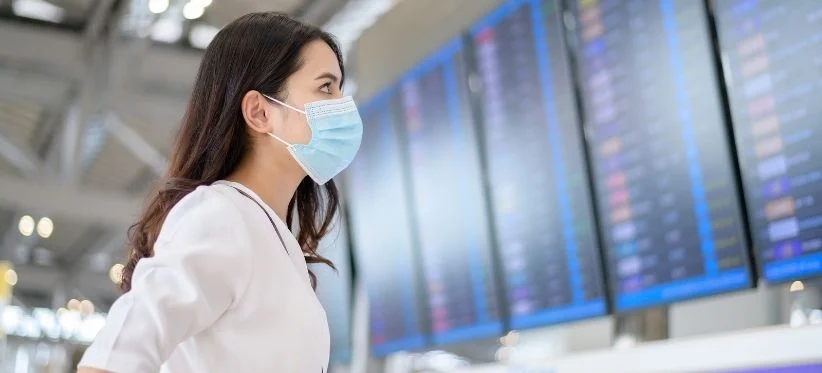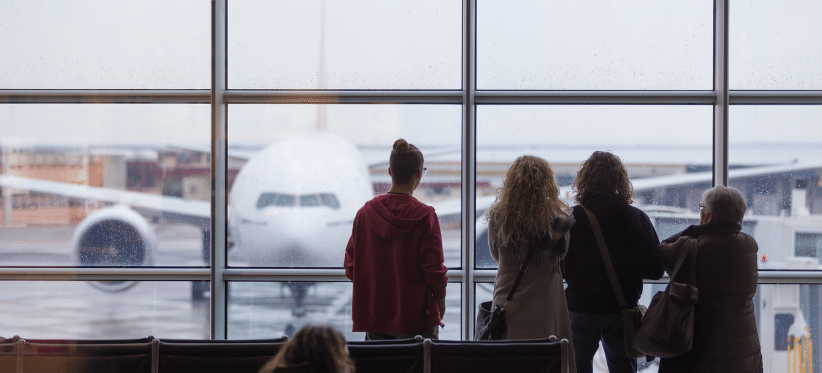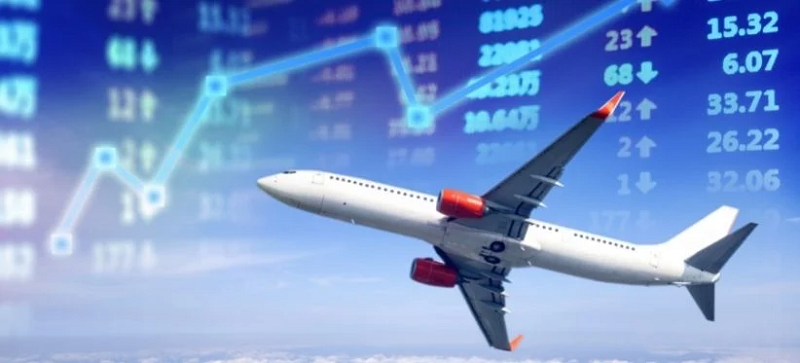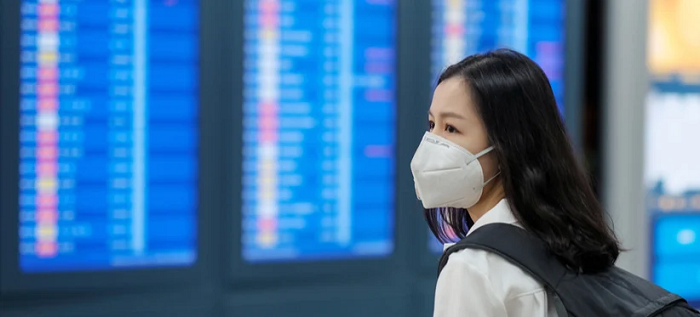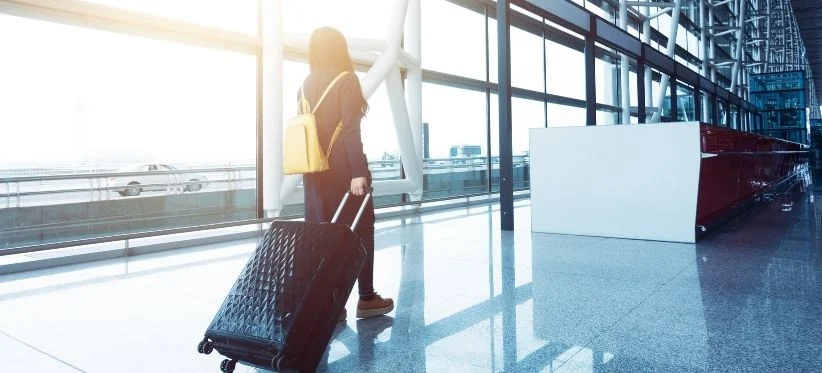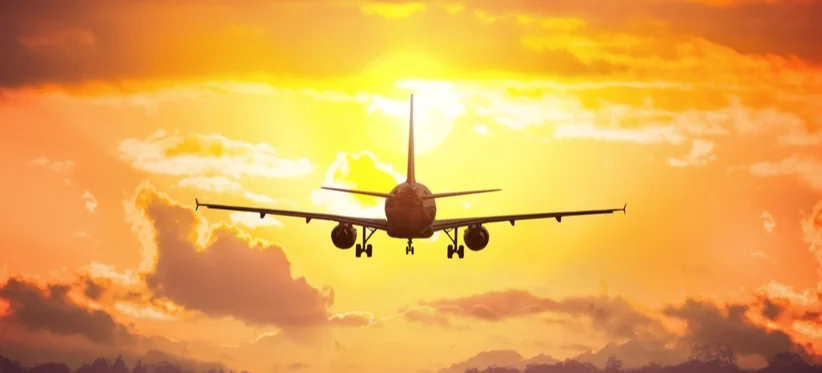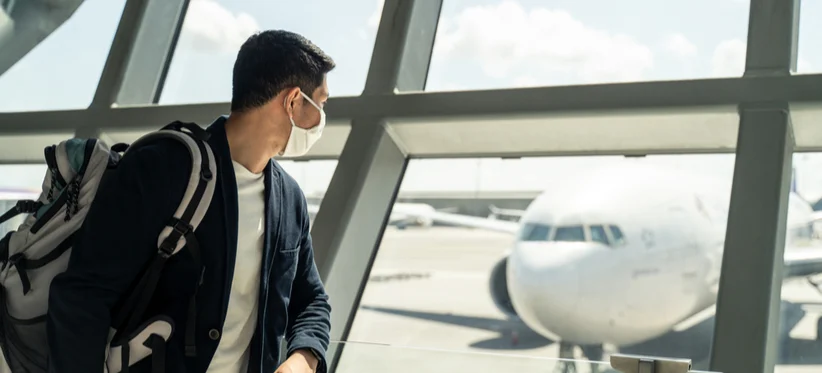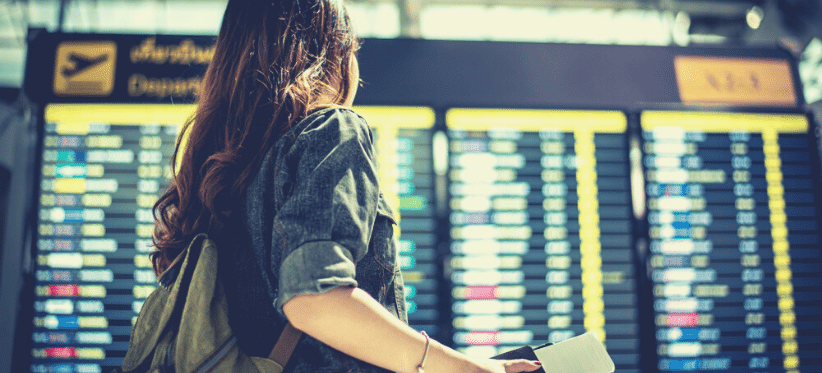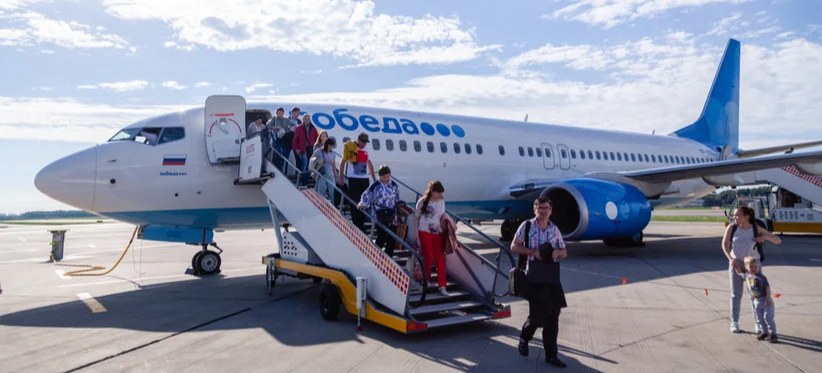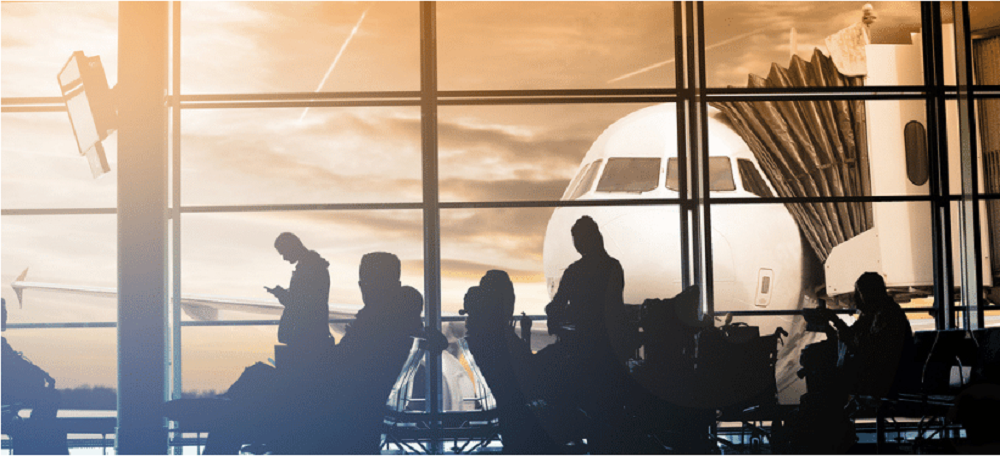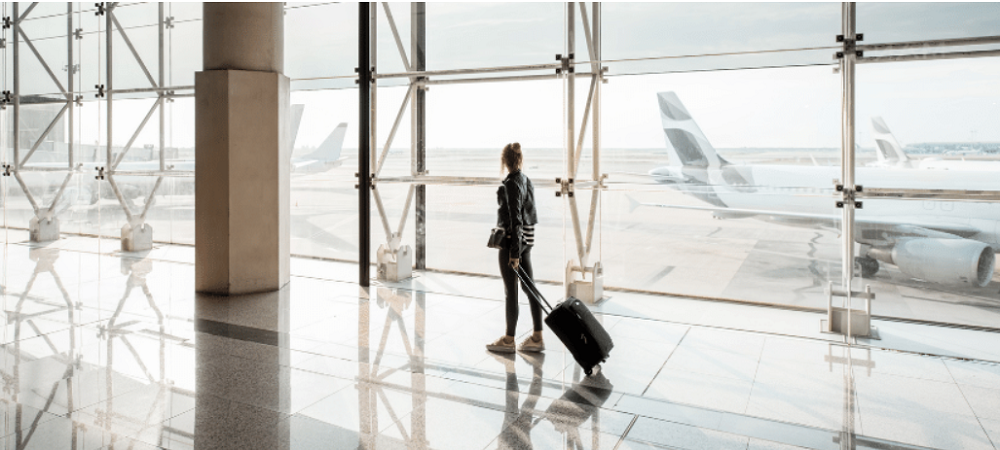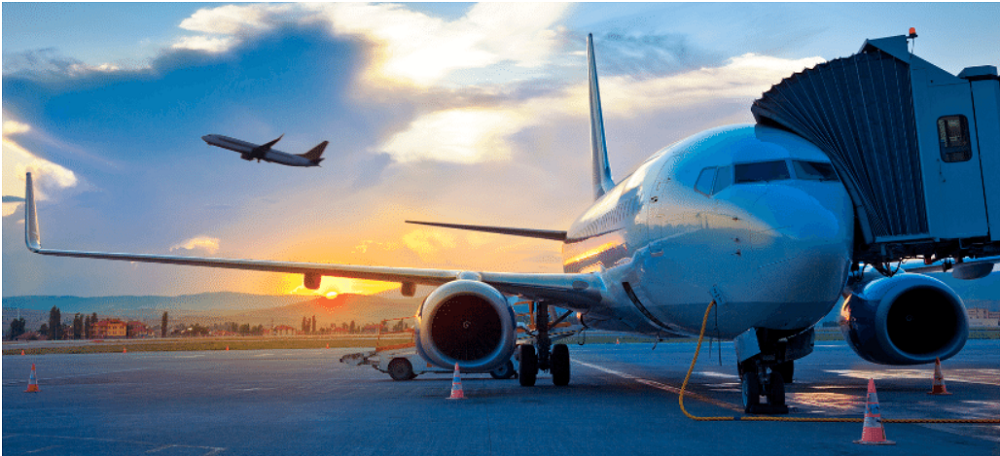As we get towards the end of 2021 and almost two years since the world has been living with Covid-19, across the aviation industry we’ve continued to talk about recovery in terms of air travel returning to pre-pandemic levels. Specifically, we tend to reference 2019, the last full year of air travel unaffected by this virus. With air travel growing year-on-year until then, 2019 is the high watermark in air travel, the year when global airline capacity and passenger numbers peaked.
Despite the best attempts of the latest Covid-19 variant 'Omicron', and a series of unilateral knee-jerk reactions from Governments around the world, global capacity this week remains stable. Rates are steady at 78.3 million, half of one percentage point down and the whole airline industry continues to watch events very closely, marvelling at the next crazy restriction that encourages travellers to find cunning ways to avoid taking a test. So far, fingers crossed at least, the airlines have not panicked.
Covid-19 has stretched the creativity of every airline network planner in the last twenty months as they changed airline schedules on a weekly or even daily basis in response to various lockdowns and changes in policy. At OAG we have seen exponential increases in schedule updates arriving from airlines around the world, and although it proves the creativity and resilience of an industry caught in a crisis, we all want to see stability return to airline schedules.
It was always going to happen but after just one week of relatively little change in global airline capacity if feels like a trick is being played on the industry with the arrival of variant Omicron just before the year-end holidays. Stock markets panicked, airline shares plummeted, regulators applied new travel restrictions and airlines shrugged their shoulders and said, “here we go again”. Both as an industry and from the wider health perspective we are so much better placed to deal with another Covid variant but that doesn’t stop speculation
The overnight news of a possible new variant of concern emerging in Africa is clearly something that the aviation industry needs to be aware of. But, as famously said by Corporal Jones in _Dad’s Army_, a great TV comedy, “Don’t Panic”. Airline stock prices have taken a dive this morning, but perhaps that is an overreaction, and if we put the whole situation into context then this is perhaps just one more bump in the road to recovery that we expected, so what is that context?
The great aviation recovery is underway, or more precisely - airline capacity is rebuilding in many parts of the world, airline schedules are more stable than they have been all year, and if you are double vaccinated (and able to work out the paper trail of requirements) you can travel freely to most parts of the world. However, you are still unable to travel everywhere and, in a throwback to the mid-nineteenth century, there are markets that remain firmly shut for nearly all international travel and that is not good news for the airline industry.
If last week was busy with IATA Slot, the Dubai Air Show and new aircraft orders, then this week is as flat as a pancake! Either nothing is happening, or everyone is taking a deserved break after the frantic activity of last week. In truth, it may just be this time of the year - pre-Thanksgiving, Winter ski season yet to start, and everyone saving their holidays for Xmas… we need the corporate traveller to return, any sightings anywhere?
US Airlines have a major role to play at Thanksgiving transporting literally millions of travelers across the country to reconnect with families and friends at one of the most important times of the year. 2020 was, despite the best intentions of everyone, not a good year for travel and many would-be travelers were advised to stay at home. Fortunately, 2021 is shaping up to be very different as airlines are ramping up for a busy week. It could even be better than 2019 for some!
After more than 200 days the world’s most lucrative international market reopens, with full access for travellers flying between the United States and its major trading partners in Europe finally open. It may be symbolic of the industry in recovery and indeed many airline CEO’s are today flying in one direction or the other seeking valuable soundbites in this week’s press. More importantly, in November and December 2019, revenues of some US$2.8 billion were generated and every airline will be hoping that the pent-up demand generates that type of cash straight away. If only...
As the IATA Winter Season starts there is plenty of good news around the globe with markets reopening and new air services being launched in many markets. All of this is great news for the Australian cricket team who seem on their way home from the UAE this week with nationals once again allowed to travel overseas; there is no truth that they will have a personal butler for their trip home, they had that on Saturday!
Through a long and patient period of attempting to stamp out COVID-19 outbreaks dating back to March 2020, China has seen its domestic airline capacity rise consistently, with only a few short-lived dips. The major dip was seen last February and followed by another in August. By March of 2021, the country had exceeded pre-pandemic domestic airline capacity and was flying at more than 20% above 2019 airline capacity levels through the summer.
It seems that everything is positive for the aviation industry this week as more and more markets relax their Covid-19 restrictions and start to look forward to reopening their hotel doors. In many markets optimism is now flooding back, even Australia is beginning to plan for a reopening, New Zealand now increasingly looking isolated both geographically and in response to Covid-19. The United States finally announced a date for reopening access from major source markets although sadly with too short notice for some airlines that had already started cancelling services out to the middle of November.
The last seven days have felt like things are beginning to get back to some degree of normality. Airlines are once again recruiting for cabin staff, new routes are being announced, more countries are being removed from restricted travel lists around the world and even I’ve escaped the UK! The IATA AGM last week was naturally cautious in tone and, given the industry losses in the last two years, why would anyone expect otherwise and of course, commitments were made on sustainability. So, all good news then…
At the very start of the global pandemic airlines had to make rapid – and major – adjustments to their flight schedules as demand fell away and travel restrictions prevented flying. Throughout the past 18 months airlines have remained ‘light on their feet', continually adjusting their schedules to optimise networks and capacity to meet travel demand as and when it occurs. The notion of planning an airline schedule for the next 6 months still seems like a distant memory but schedule volatility is improving.
For ten of the past thirteen weeks, scheduled airline capacity from Russian airports has exceeded capacity in the same weeks in 2019. While there has been plenty of focus on the recovery of the domestic Chinese market and domestic US market, much less has been said about Russia but the country has witnessed a remarkable increase in flying this past summer. While international capacity from Russia has been steadily growing all year it still remains at 39% below 2019 levels, but domestic capacity has been positive since March, and seen a major surge between April and June.
Global airline capacity has increased week-on-week but remains stubbornly below the 80 million mark with an additional 180,000 seats taking the global total to 79 million (with a little bit of rounding up). A 0.2% increase in seats is at least a positive development compared to recent weeks, but capacity remains 30% below the 2019 level with little hope of an improvement in the coming weeks. The reopening of the United States, at a date sometime in November, may have resulted in a surge of airline bookings but it certainly hasn’t resulted in airlines adding capacity
Finally, good news for every scheduled airline CEO in Europe and the United States; the US will allow double vaccinated travellers to enter from a date in early November. Quite why regulators can’t state the precise date always seems to be odd, but it appears to have been a catching trend through the pandemic. This announcement is great news and perhaps, fingers crossed, an indication that a recovery is underway in the industry - just China, South East Asia, Australia, New Zealand and Africa to go! So, just how much of a Christmas gift will the reopening of services be to those airlines operating?
For those of us in Europe it may feel like summer has come and gone and we haven’t managed to get away on holiday. Restrictions eased too late for many, and the Delta variant meant there was too much uncertainty about who would be permitted to travel, making it easier and less stressful to stay home. In a ‘normal’ year the next major holiday getaway period would be December for the Christmas and New Year break. For those seeking some sunshine in the northern hemisphere’s winter, the Caribbean can be a great destination
Global airline capacity continues to be stuck just below the 80 million weekly seat mark, with a modest increase in capacity taking us back to 79 million, thanks largely to capacity increases in North East Asia. It is now very unlikely that we will trend back above the 80 million mark this year, as airlines adjust schedules further and store whatever cash they have generated for the winter season. Total capacity to the year's end is currently standing at 3.7 billion seats compared to the 3.2 billion scheduled in 2020, a 15% increase in what was supposed to be the bounce-back year.
Whilst the popularity of some of the world’s busiest domestic airline routes remains undiminished during the pandemic, there has been a considerable shift in the international busiest airline routes. In August 2019, 8 out of 10 of the Top 10 busiest global international routes operated within Asia on key business trunk routes, typically operating with high daily frequency and catering to time-sensitive business travellers.








